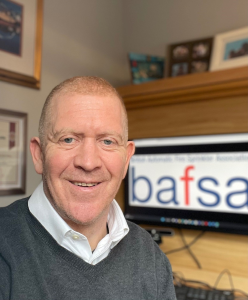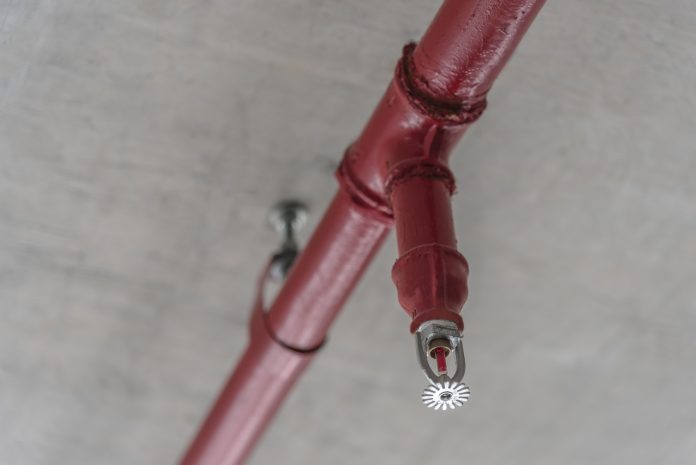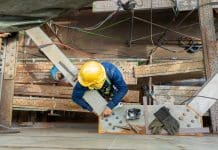Ali Perry, chief executive of the British Automatic Fire Sprinkler Association (BAFSA), says it’s high time for change in high-rise and fire safety sprinkler policy
The shock and horror at the tragedy unfolding during the fire at Grenfell Tower in 2017 will live long in the minds of all of us. The subsequent Grenfell Tower Inquiry confirmed this was a wake-up call to the Fire Service, government and construction industry. It was clear that such an incident could never be allowed to happen again. And yet…
A recent excellent article in Inside Housing by Peter Apps has shone a light on the lack of progress in introducing key measures that could significantly reduce the chances of such an incident occurring again. The article details how the lack of political drive and available funding to support and enable the fitting of sprinklers in high-rise tower blocks.
Reporting on data gathered by Inside Housing from 37 large social landlords, out of 1,768 high-rise residential buildings, only 334 or 18.9% have been fitted with sprinklers; a figure made even worse when you realise 181 of these 334 are fitted by one local authority, Birmingham (well done Birmingham!).
While there is no requirement to retrofit fit sprinklers to existing blocks, the risk is no less, and possibly greater, than for new blocks.
Increased risk to life in high-rises
High-rise fires can present additional challenges and be more complex for responding firefighters than other domestic property. The article references the study by the University of Leeds, which documented an increased risk to life in high-rise fires, partly due to the increased time it took for firefighters to gain access to and reach the relevant part of the building.
The article also highlights an analysis of response times, which shows that for high-rise properties, it takes over 27 minutes from a 999 call to getting water on the fire compared with seven minutes and 45 seconds in a house. This additional time allows the fire to develop into a more advanced and dangerous state for responding firefighters to tackle.
Having served in the Fire & Rescue Service, I am all too familiar with the challenges associated with high-rise firefighting. In my experience, the service recognised these challenges and developed procedures to ensure an effective response; these procedures were then amended and enhanced following the Grenfell Tower tragedy. But the Fire Service can only do so much before they reach the scene of a fire.
Updated fire safety sprinkler policy will be essential to cost-effective retrofitting
Sprinklers seem a very obvious solution to mitigating the risk associated with the increased time it takes for firefighters to reach the incident by suppressing any fire until they arrive. So, if the solution seems obvious, why then are sprinklers not required to be fitted to all high-rises? Cost has always been a key part of the argument against fitting them, in particular against the retrofitting of sprinklers.
To address this, BAFSA undertook a project to demonstrate the retrofitting of automatic fire sprinklers in existing high-rise properties can be cost-effective. In 2012, BAFSA third-party accredited members installed sprinklers in the 13-story, 1960s-built Callow Mount tower block in Sheffield.
The pilot proved significant improvements in life and building safety can be achieved with minimal disruption by retrofitting an automatic fire suppression system. The average cost at the time per one-bedroomed flat was just under £1,150, including the provision of sprinklers in utility rooms, common areas, bin stores, and an office.
BAFSA’s subsequent experience with members retrofitting over 100 of the 4,000 older high-rise tower blocks has shown that costs per flat average out between £1,500 and £2,500 per flat.
It is hard to believe that after the world watched the tragic events of Grenfell Tower, other priorities now outweigh the provision of fire sprinklers in such buildings – sprinklers that could prevent a reoccurrence of such a tragedy.
Ali Perry

Chief executive
British Automatic Fire Sprinkler Association

















